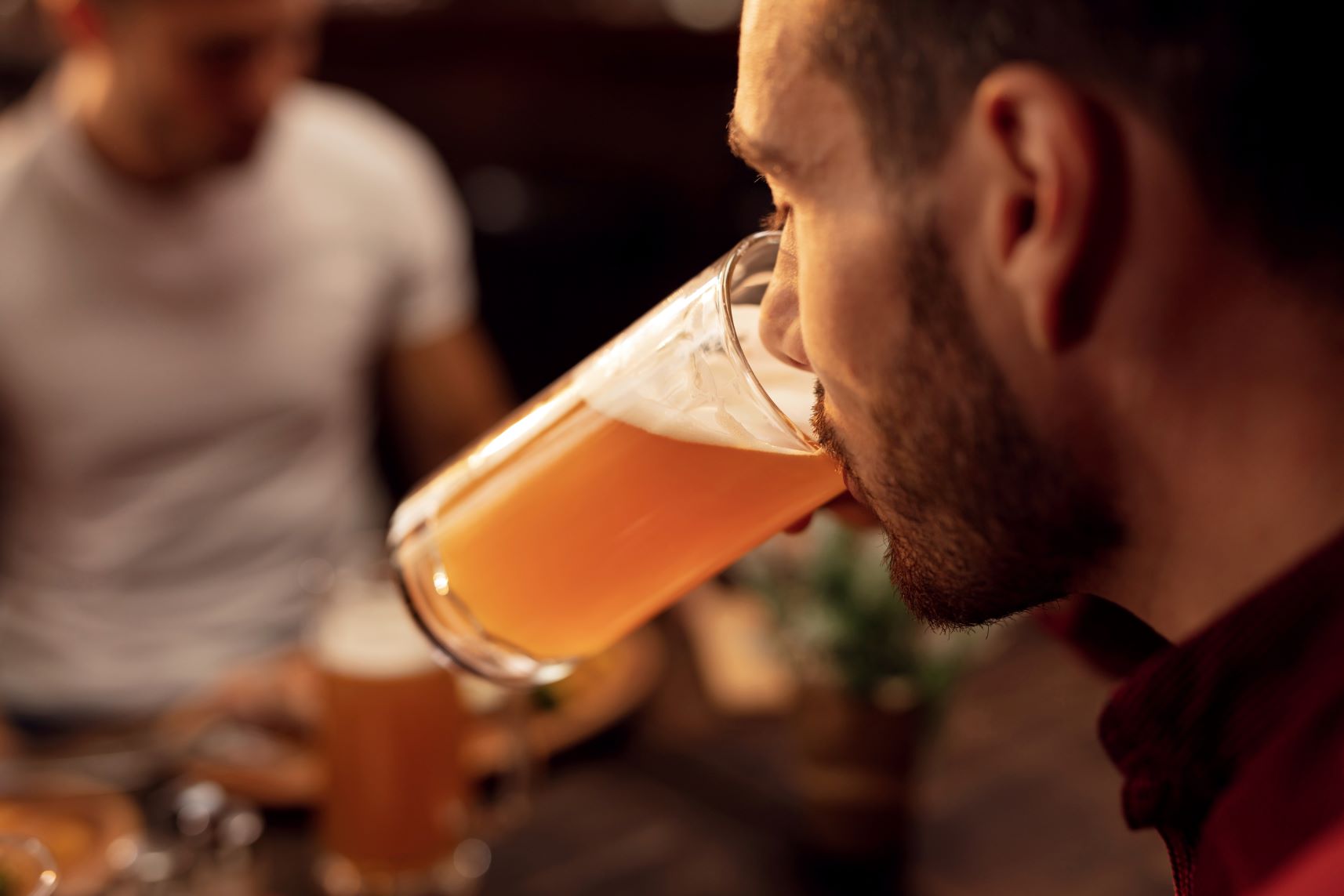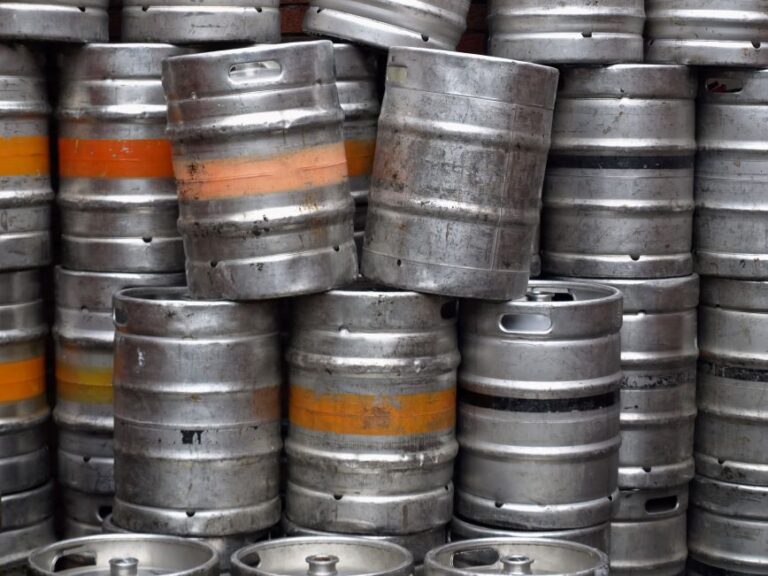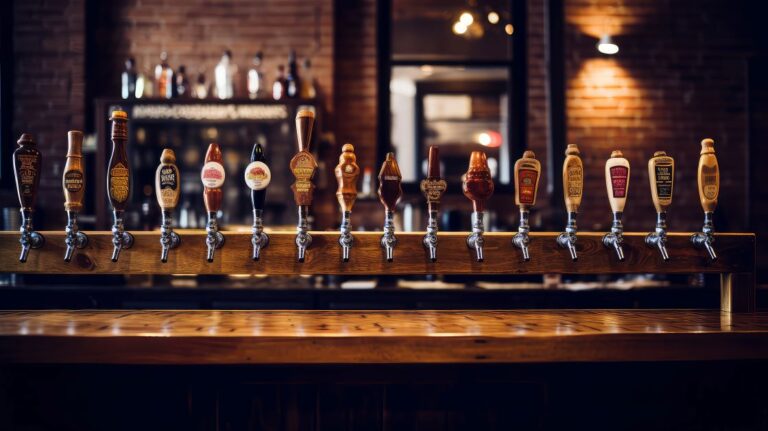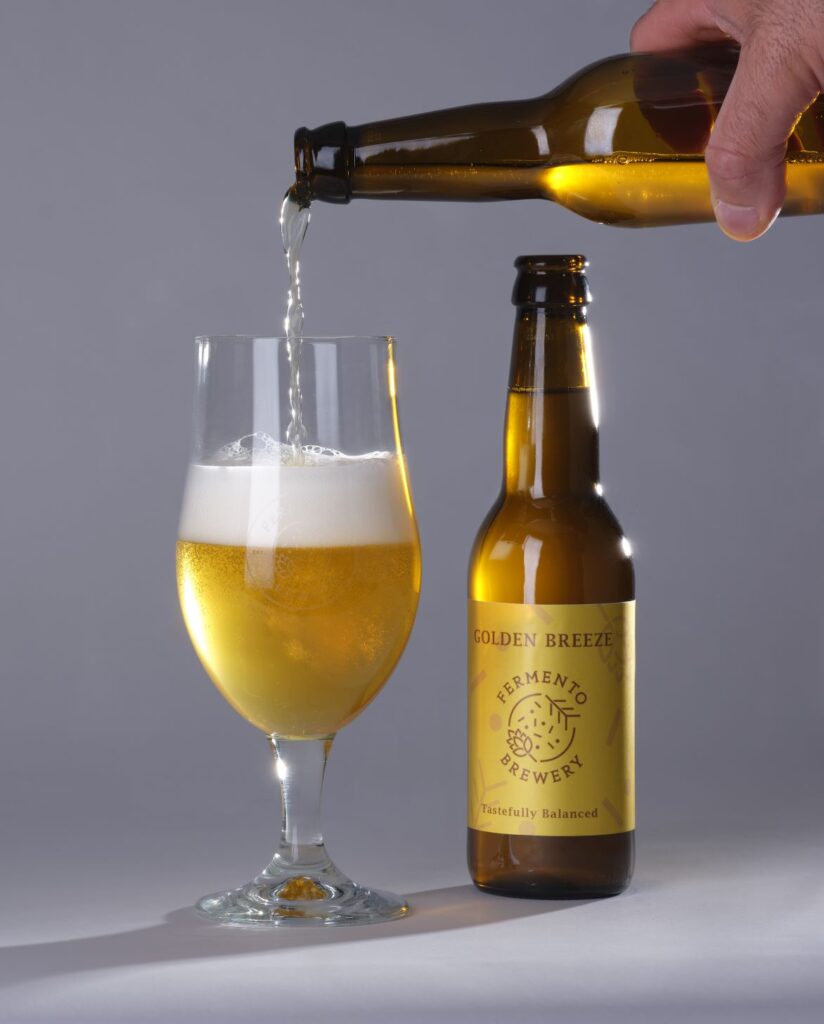
Meeting friends, going out, enjoying the perfect beer together in a bar. This is a great way to start my weekend. It is fascinating to watch the bartender pouring the beer into the glass in a professional manner. Seconds of anxious waiting that seem like an eternity, before the beer arrives. It is there: an inviting glass, at just the right temperature, full of beer and with a nice foam (beer top).
Then a quick but careful toast with friends, because everyone seems afraid of wasting precious drops of beer. A nice long, deep sip. What a pleasure! Refreshment, great taste, smiles and happiness in the faces before conversation can start. This is exactly what I expect from the perfect beer.

Sometimes, however, the experience might be very different and after an uncertain first glance at the glass of beer, drinking it might produce unpleasant feelings and sensations, which make noses wrinkle and eyebrows frown. There might be something wrong with the beer and that might not necessarily be down to the brewer.
The skills to serve the perfect beer in a bar are crucial. Most of the articles around the Web are aimed at bartenders on how to pour the perfect beer in a bar. However, I have never found interesting suggestions on how to behave as a customer and what behaviour to have, to prevent or to react against a beer that is not prepared as it should be.
In this blog post I want to share my experience on the topic and some tips for recognising the perfect beer in a bar and returning one that falls short of expectations.
What to do when things go wrong?
A few years ago, as a brewing student, I was in Holland in a bar, together with a group of professional brewers from the company that sponsored my studies. On the second round of orders, I chose the ‘wrong’ beer together with Mike, an experienced English brewer and scientist. However, I was quicker to taste it than he was (he was still on his first pint), and as much as it was clear to me that something with this beer was wrong, I was gulping a little too much to understand whether my assumption was right and what to do next.
In my uncertainty, I drained a third of the glass until Mike sipped it for the first time. This was enough for him to turn up his nose and firmly state that it was ‘rotten’ and that it was because the beer had probably been sitting in the keg for too long time. He immediately called the waiter and politely asked for a change of beer. After the drinking session, Mike took me aside and advised me to act fast in a bar when a beer is not as it should be, not to waste my time to drink it. Well, as a brewing student this was a real learning experience.
Act! This is the first piece of advice I give everyone. Calling the attention of the bartender, and politely taking a point is the right way to do it.

Waiting for the perfect beer. Before pouring it
Pouring the perfect beer is an act of love. Therefore, if you pick up your beer at the bar counter, it is an inspiring experience to see any precaution the experienced bartender takes to prepare the perfect beer.
To ensure that you choose the right beer, ask the bartender any advise and question you might have. This is particularly important for craft beers on tap that have particular flavours. It is an act of courtesy from the bartender to describe each beer you are interested in and provide a sample to try in case you hesitate in your decision. When I am in a tap room with more choices and in case some beers are unfamiliar to me, I ask for one or at most two samples. Of course, for bottled beers, asking for a sample would not be possible.
Providing the right glass for each beer style is important however, I am personally not too sophisticated. I am good with the standard beer glass with the bar logo on it. I find it very nice that beers are also served in a wine glass I do not like it when beer is poured into a glass with another brewery’s logo. I find this not fair towards the brewer.
The barman shall make sure the cleaned glass is rinsed with fresh water and drained quickly before pouring your beer. This is part of the care to promote a good pour and a nice froth
To keep everything clean around, bartenders use rags. Of course, hygiene rules dictate different ones for wiping glasses, for the beer tap, and for wiping counters. If you see that the rags are mixed, make a point.

Pouring the perfect beer
What a joy to see the beer filling in the glass and the foam forming on top, whether this comes from the bottle or from the tap.
Filling the glass from the tap may seem like a rather simple task, but in truth, experienced bartenders have to keep control of the draft machine and adjust temperature, gas pressure and speed of the beer flow. Depending on the style of beer, experienced bartenders know and feel how to get a good pour. I like to see when the bartender pours all the beer at once. In some cases, though, the beer may rest for a few seconds so that the bartender can adjust the foam.
When I see that the beer falls out of the glass during the pour, I get a little upset. It doesn’t matter if I get my hands wet, but I feel sad about all that wasted beer….
There is not much to do but observe the ‘show’. I always pay attention that the glass is filled with beer as it should be and that the foam is sufficiently present. Knowing the various beer styles, the expectation is to have a frothier and more bubbly foam in light beers such as pilsner and wheat beers and a thicker, more compact foam in stronger beers such as amber ales and stouts.

Enjoy and recognise your perfect beer
Touch, look, smell and taste. These are, in order of priority, the actions you should take when you get your beer. That is more or less what one should do with wine, the only difference being that I also touch the glass a soon as it arrives.
Touch. The perfect beer is cold from the fridge if it is a pilsner, a weizen or an IPA. It should be cool if it is a stronger beer (e.g. ale, stout, honey beer). The slightly higher temperatures allow more aromatic beers to bring out the flavours from the glass. It would be a pity if the temperature were too cold, because it would mean having to wait for it to rise before drinking it.

Look. The visual on the glass is to appreciate the colour and to observe whether the beer is cloudy or completely transparent, depending on whether the beer has been filtered or not. I know some people who consider turbidity as a defect, as they are used to industrial, filtered and crystal-clear beers. Turbidity is not a defect, but a virtue! A cloudy beer contains protein and filtering the beer removes the protein and part of the taste.
A quick glance at the walls of the glass allows you to observe whether beer bubbles are stuck to the sides. This happens when the glass is dirty or encrusted with calcium. Often such a beer may also have an unpleasant smell and taste.

Smell. The perfect beer has a fresh, clean, and intense aroma on the nose. Unlike wine sommeliers, who swirl their glass, beers require only an intense sniff to appreciate their aromas. Of course, one ingredient may prevail over the others depending on the style of beer. However, for a perfect beer, all the flavours of the ingredients must be pleasant and harmonious to the nose. This is what I call a balanced beer.
Unpleasant, dirty smells may be present, which could be due to the defects in the beer itself, or to the lack of cleanliness in the bar (such as a rotten smell). A common problem that should not happen is also the sour apple taste.

Taste. Get a long sip and enjoy. The perfect beer is fresh, tasty and balanced. Just as it smells good, it tastes also good. Taste is intense and persistent, lasting long in the mouth. Beer bubbles that were looking fine in the glass are now delicate on the palate and great to enjoy. Nothing to compare with the rough bubbles from artificial gas.
The variety of off-flavours might be broad. The ‘rotten’ taste that Mike detected in the beer when we were together is an example of a taste that depends on how the beer is stored in the bar. The sour apple taste, on the other hand, definitely depends on the brewery. Of course, some craft beers might have unusual flavours. For instance, I recently heard of oyster stouts, in which oysters or oyster shells are used in the brewing process. These are not the beers I would order in a bar, however, if you have the curiosity to try them and are prepared to accept a fishy flavour in beer, I encourage you to ask for a taste before consuming them.
Now look forward to the perfect beer
Having the perfect beer in a bar is an act of love. Just like having a great friend at your table, make sure you choose only the best beer to stand next to you. And now that you are on this blog, next to Fermento beers, you are definitely next to a great beer…
Keeping a friendly look towards the bartender is a great way to appreciate his passion in pouring you the perfect beer; if you see that this is not happening as it should, smile and make your point.
Now that you know more about how to recognise a great beer and return a bad one, let us know your experiences at the bar in the comments below.